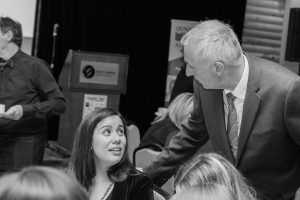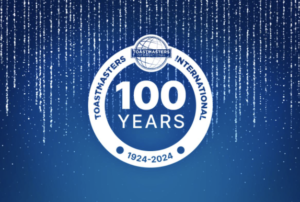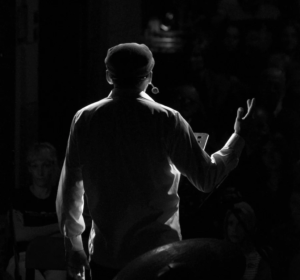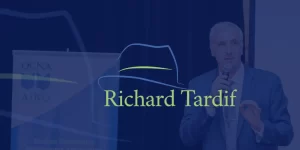 By Richard Tardif
By Richard Tardif
In very broad strokes, Rep. Alexandria Ocasio-Cortez, D-N.Y., and Sen. Ed Markey, D-Mass., in February 2019 introduced a framework defining what they call a “Green New Deal” — what they foresee as a massive policy package that would remake the US economy and eliminate all U.S. carbon emissions. The deal sets goals for some drastic measures to cut carbon emissions across the economy, from electricity generation to transportation to agriculture. In the process, it aims to create jobs and boost the economy.
Is this our fate? Are we too late? I cannot help but think of the fate of the Easter Island people who built hundreds of ten-ton stone statues on the South Pacific island and then vanished. Eastern Island has long been seen as a cautionary environmental tale. The story goes that natives deforested the island paradise to transport the statues and thus triggering soil erosion leading to damaged farmlands.
The consequences of irreversible damages
Though a controversial issue, it is a striking example of the dependence human society has on its environment and the consequences of irreversible damage to that environment. It is the story of a people who, starting from an extremely limited resource base, constructed one of the most advanced societies in the world from the technology they had available. Then they lost it.
Easter Island is one of the most remote, inhabited places on earth. Only some 150 square miles, it lies in the Pacific Ocean, 2,000 miles off the west coast of South America and 1,250 miles from the nearest inhabitable land of Pitcairn Island. At its peak, the population was estimated to be only about 3,000.

A grim warning
Yet, despite its superficial insignificance, the history of Easter Island is a grim warning to the world. According to historians, the demands placed on the island’s environment by development were immense. When it could no longer withstand the pressure, the society that had been painfully built up over the previous thousand years fell with it. By now the meaning of Easter Island for us should be chillingly obvious. Easter Island is a model, or a precursor, to what can happen to the entire planet.
Today, again, a rising population confronts shrinking resources. We too have no emigration valve, because all human societies are linked by international transport, and we can no more escape into space than the Easter Islanders could flee into the ocean.
Standing on ceremony
In his book Collapse, author Jared Diamond explains why it was the islanders’ fault. Diamond says they started to build bigger and bigger ceremonial statues in an atmosphere of competitive rivalry between the islands are many different clans. To move the statues from the island’s quarry, Rano Raraku, in the south-east, the islanders needed to cut large logs for the construction of long “canoe ladders” to carry the massive carvings to the island’s coast. They also needed heavy ropes made from the fibrous bark of the bigger palms.
“The overall picture for Easter Island is the most extreme example of forest destruction in the Pacific, and among the most extreme in the world: the whole forest gone, and its entire tree species extinct,” wrote Diamond.
While not everyone is convinced about the reasons for the decline and fall of the island, the theory is that resources were removed at an unsustainable rate, until there was no where to go, but into the ocean. The Green Deal, as proposed by Rep. Alexandria Ocasio-Cortez and Sen. Ed Markey, is saying, “We may end up in the Ocean.”
But why didn’t the Easter Islanders look around, realize what they were doing, and stop before it was too late? What were they thinking when they cut down the last palm tree?” It should make us ask if, continuing on our present course this century, we will exhaust the world’s major fisheries, tropical rain forests, fossil fuels, and much of our soil by 2030 when we will have cut down the last tree?
Richard Tardif is an award-winning investigative journalist, fitness trainer, speaker, and author. 






